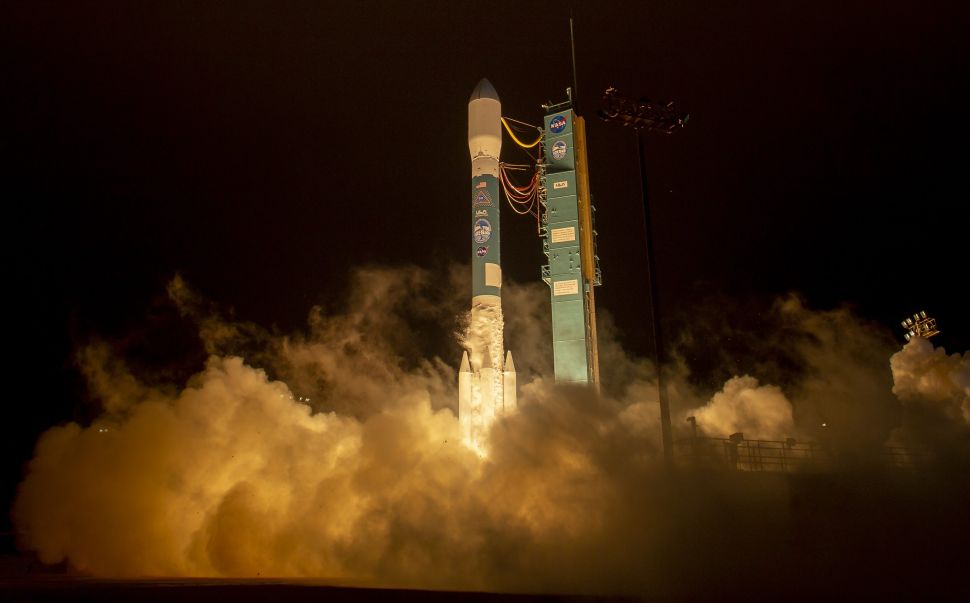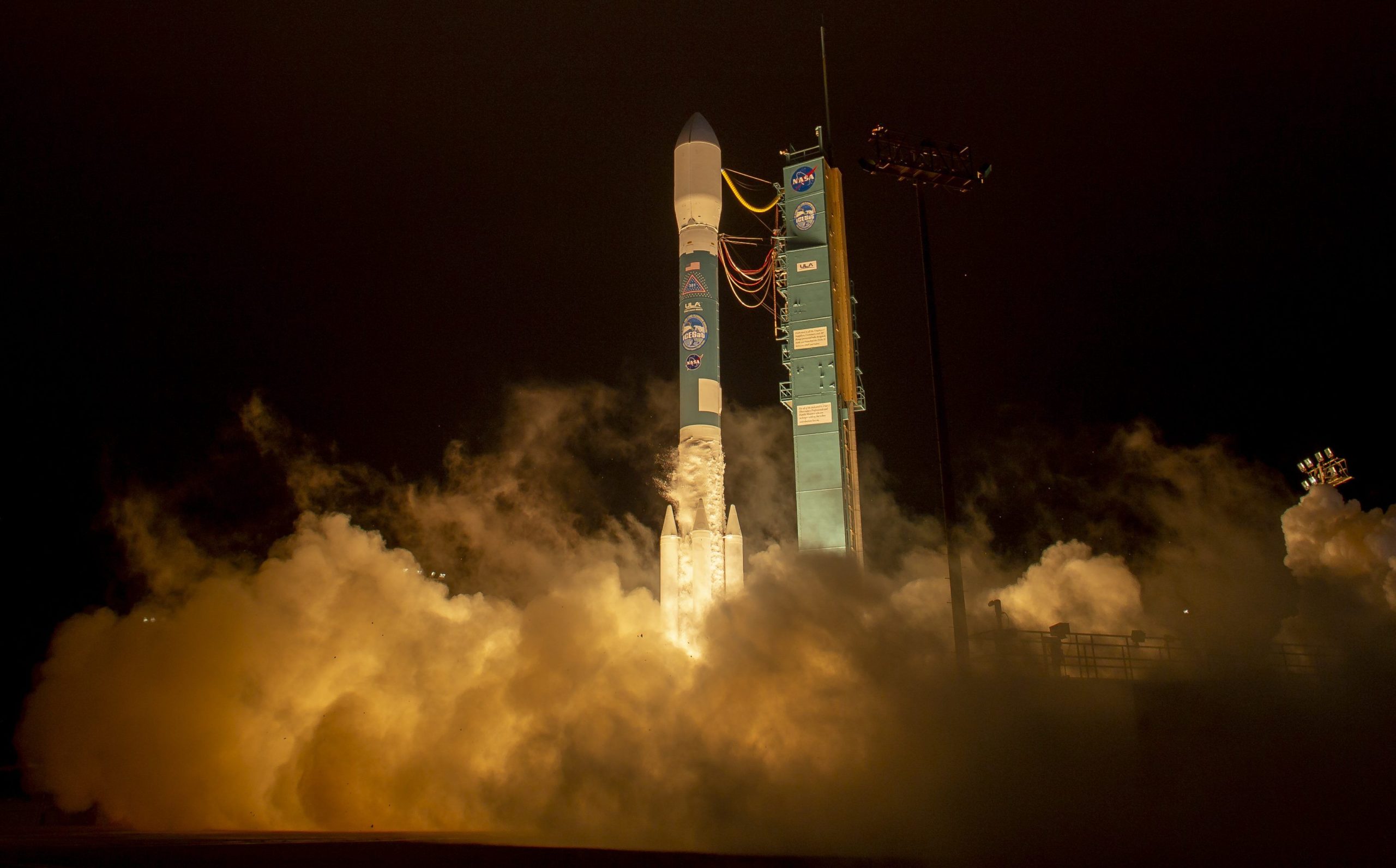
The most current wave of the coronavirus pandemic is leading to a fuel lack for the place marketplace. Previous thirty day period, SpaceX President Gwynne Shotwell stated at an business conference that her corporation was dealing with a absence of liquid oxygen, a critical ingredient in rocket propellants, due to increased demand in hospitals for treating COVID-19 people. NASA is encountering a very similar difficulty, which is disrupting its satellite start schedule.
The room company reported earlier this 7 days that it had to delay the start of its upcoming Earth-observing Landsat 9 satellite in the Vandenberg Area Force Base in California for a week owing to a scarcity of liquid nitrogen, a different key ingredient of rocket fuel.
The serious difficulty is not the offer of liquid nitrogen by itself, even though, but boils down to liquid oxygen the organizations that ship liquid nitrogen for NASA is currently assisting in offering liquid oxygen hundreds to hospitals in California, making a lack of supply motorists accessible for Vandenberg.
Liquid oxygen serves as an oxidizer in blend with rocket fuels these kinds of as liquid hydrogen, kerosene and methane. It is also the main resource of oxygen for clinic ventilators employed for treating COVID-19 individuals.
“Current pandemic calls for for health care liquid oxygen have impacted the shipping of the necessary liquid nitrogen provide to Vandenberg by the Protection Logistics Company (DLA) and its supplier Airgas,†NASA reported in a assertion this 7 days. “Airgas converts the liquid nitrogen to gaseous nitrogen required for launch motor vehicle testing and countdown sequences. DLA and Airgas now have implemented efforts to increase the supply of liquid nitrogen to Vandenberg.â€
The start of the Landsat 9 satellite was originally scheduled for September 16. Liftoff has been pushed again to no earlier than September 23, NASA claimed. The geology satellite will be released on a United Start Alliance (ULA) Atlas V rocket, which utilizes kerosene as propellant.
ULA is also tackling a liquid oxygen scarcity in Florida, wherever hospitalizations of COVID-19 patients have surged in latest weeks. ULA CEO Tory Bruno tweeted last month that its transportation contractor experienced been helping COVID-19 relevant initiatives in Florida, producing attainable delays of its September missions.
“We’re basically likely to be impacted this calendar year with the absence of liquid oxygen for launch,†SpaceX’s Shotwell stated on a panel in the course of the 36th Area Symposium in Colorado final month. “We certainly are likely to make certain the hospitals are heading to have the oxygen that they have to have, but for any person who has liquid oxygen to spare, mail me an e mail.â€

